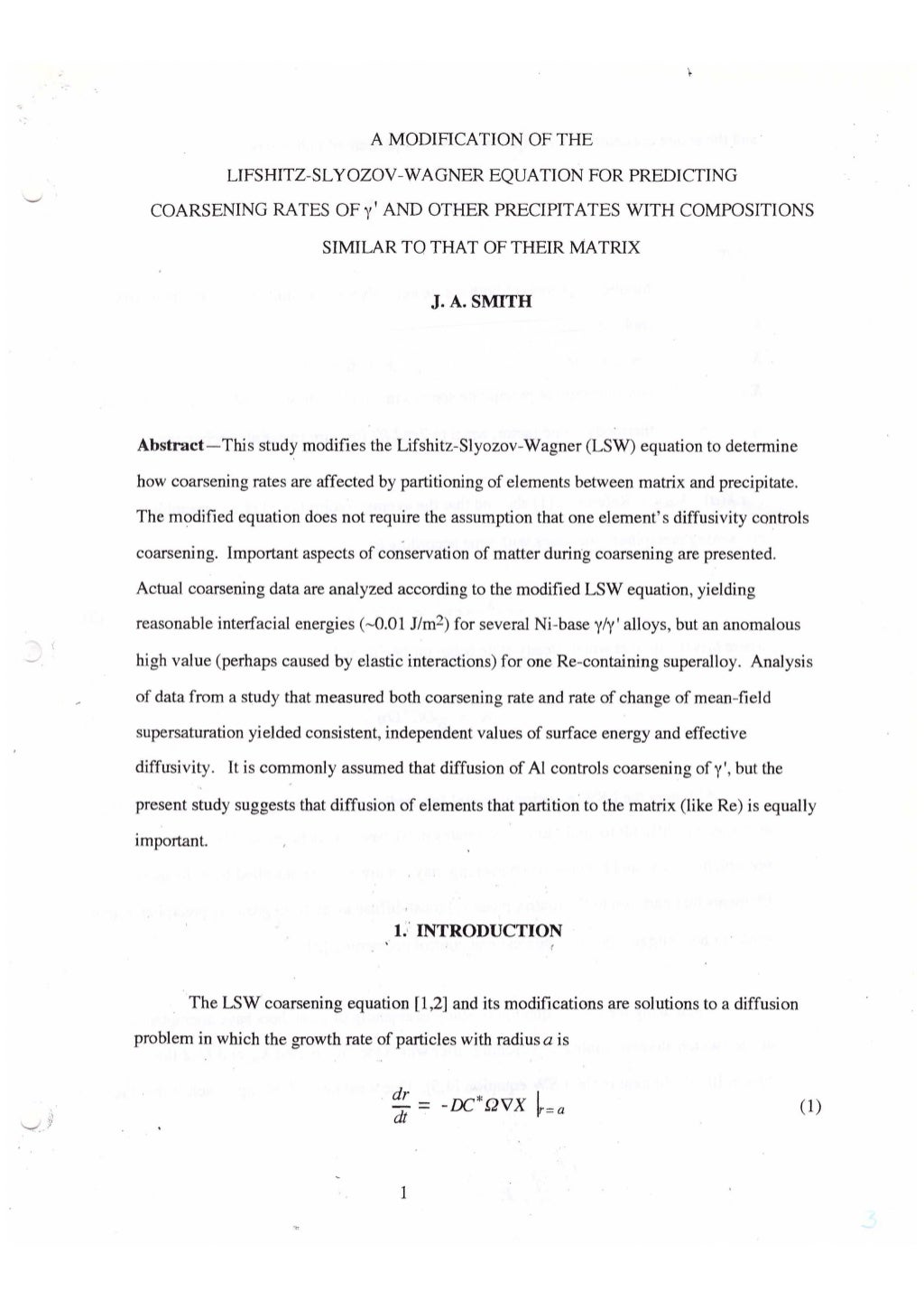
Venkatasubramanian, R., Siivola, E., Colpitts, T. Matsuura, K.) 1–6 (Institute of Thermoelectric Technologies Japan, 1993). It can usually be described by nonrelativistic quantum mechanics and quantum statistics. in Proceedings of the 12th International Conference on Thermoelectrics (ed. Matsuura, K.) 11–14 (Institute of Thermoelectric Technologies Japan, 1993).įleurial, J-P. Spinorbit interaction is a relativistic coupling between the electric field produced by an ion-core and the. The effect is named after Gene Dresselhaus, who discovered this splitting in 1955. It is usually present in crystal systems lacking inversion symmetry. in Proceedings of the 12th International Conference on Thermoelectrics (ed. The Dresselhaus effect is a phenomenon in solid-state physics in which spinorbit interaction causes energy bands to split. Semiconductor Thermoelements, and Thermoelectric Cooling (Infosearch, 1957). This culminated in the synthesis of nano-inspired materials with more than double the efficiency of those that were available in 1993. When the initial work on Bi nanowires proved impractical, the optimism and momentum that had been triggered inspired searches for specific nanostructures and dopants that imitated the electronic behaviour of quantum wires. 52, 191, (1937) and have been extended by many authors, e.g. This changed the nature of thermoelectrics research: rather than selecting semiconductors from among those nature gives us, new thermoelectric materials can be engineered. The fundamental idea is that size quantization and the possibility of controlling materials at the nanoscale add new independent variables that researchers can use to reach a better optimal thermoelectric efficiency than could be reached before. The fundamental limitation of thermoelectric technology arises from the fact that one must optimize three mutually contra-indicated properties of the same material. Dresselhaus 1, 2 pointed out how quantum mechanics could provide a new way of designing thermoelectric materials. Understanding the point at which cubic term takes over, Marinescu (2017).In 1993, two seminal papers by L.Here are a couple links that may be useful: Hence, why the linear term is usually taken for 2D systems, but is less important in 3D bulk systems. The cubic term, and the bulk parameter $\gamma$ are not $k_z$ dependent and will then dominate when $W$ is large. An exciton carries a crystal pseudomomentum equivalent to the vector sum. Such a bound system of a pair of charge carriers is called an exciton.

Essentially, when the $\beta$ definition is used, you have that the expectation of the wave-vector squared is $ \approx \big( \pi/W \big)^2$, where $W$ is the confinement width. The Dresselhaus effect is a phenomenon in solid-state physics in which spinorbit interaction causes energy bands to split. The attractive Coulomb interaction between the excited electron and the hole thus created binds them together to form a bound neutral compound system of the two charge carriers such as a hydrogen atom. My understanding of when the cubic or linear terms are more appropriate has to do with the width of the confinement.

Your first has the incorporation of the Rashba effect and has a specific, "privileged orientation," as my advisor has said in one of her papers, such that the linear Dresselhaus looks much like the Rashba effect (this better shows how $\alpha = \beta$ generates pure spin current, as well as some other points of interest). This reproduces your second equation's form.
#Dresselhaus solid state physics full
And the confinement direction is assumed to be the z-direction.įor a zincblende structure, in its full glory, the Dresselhaus Hamiltonian is: These are both the result of the $$ term i.e. but neither of these are the cubic term (there is no explicit $p^3$).


 0 kommentar(er)
0 kommentar(er)
